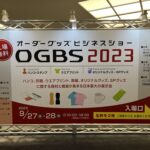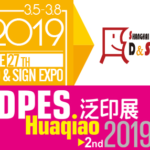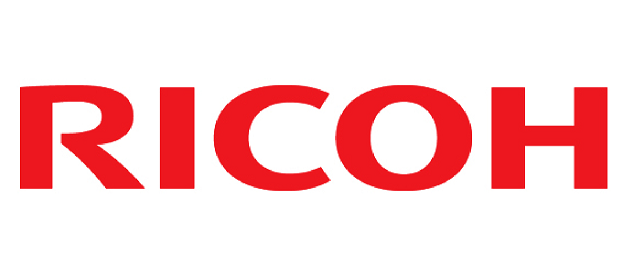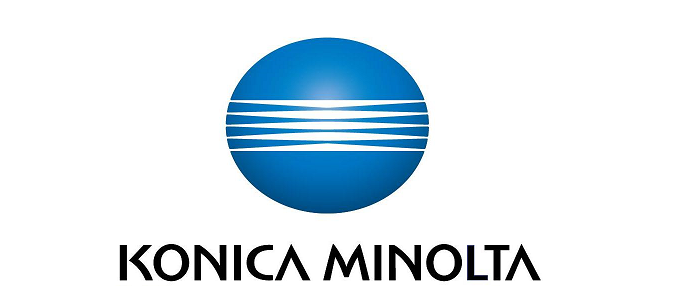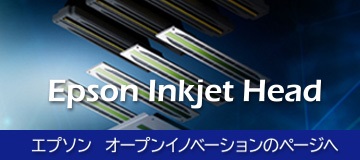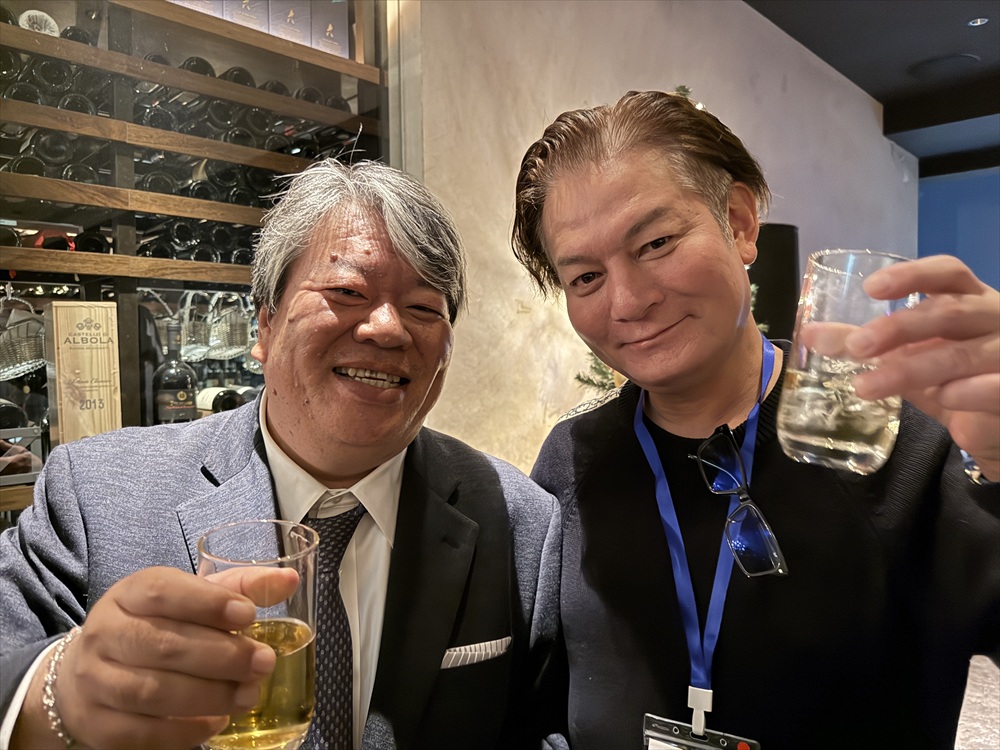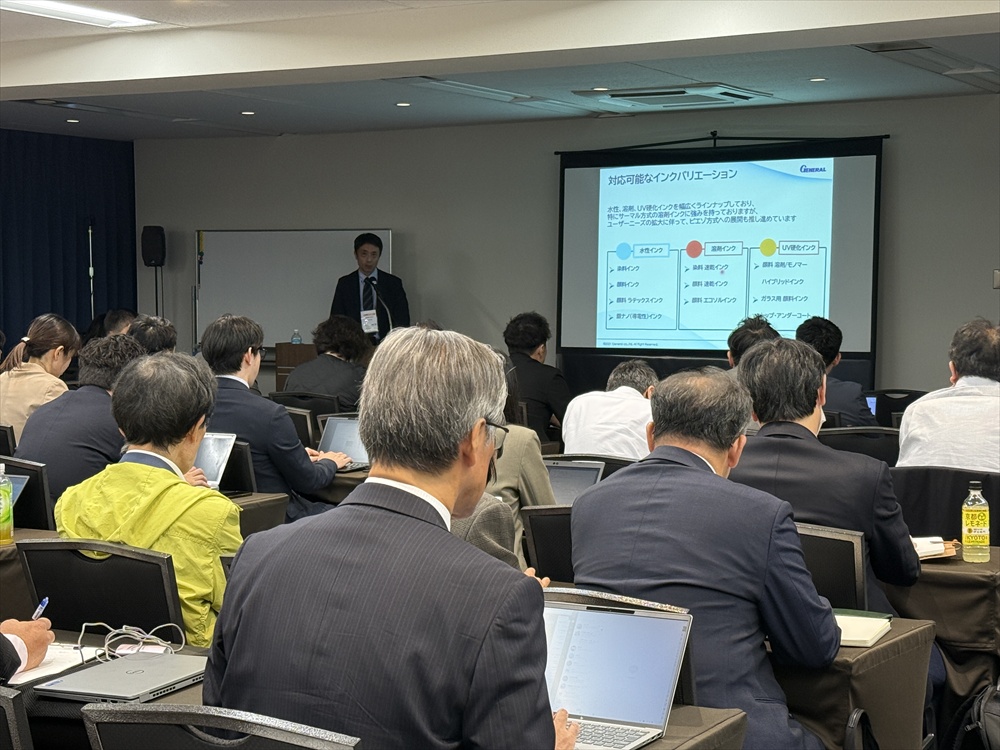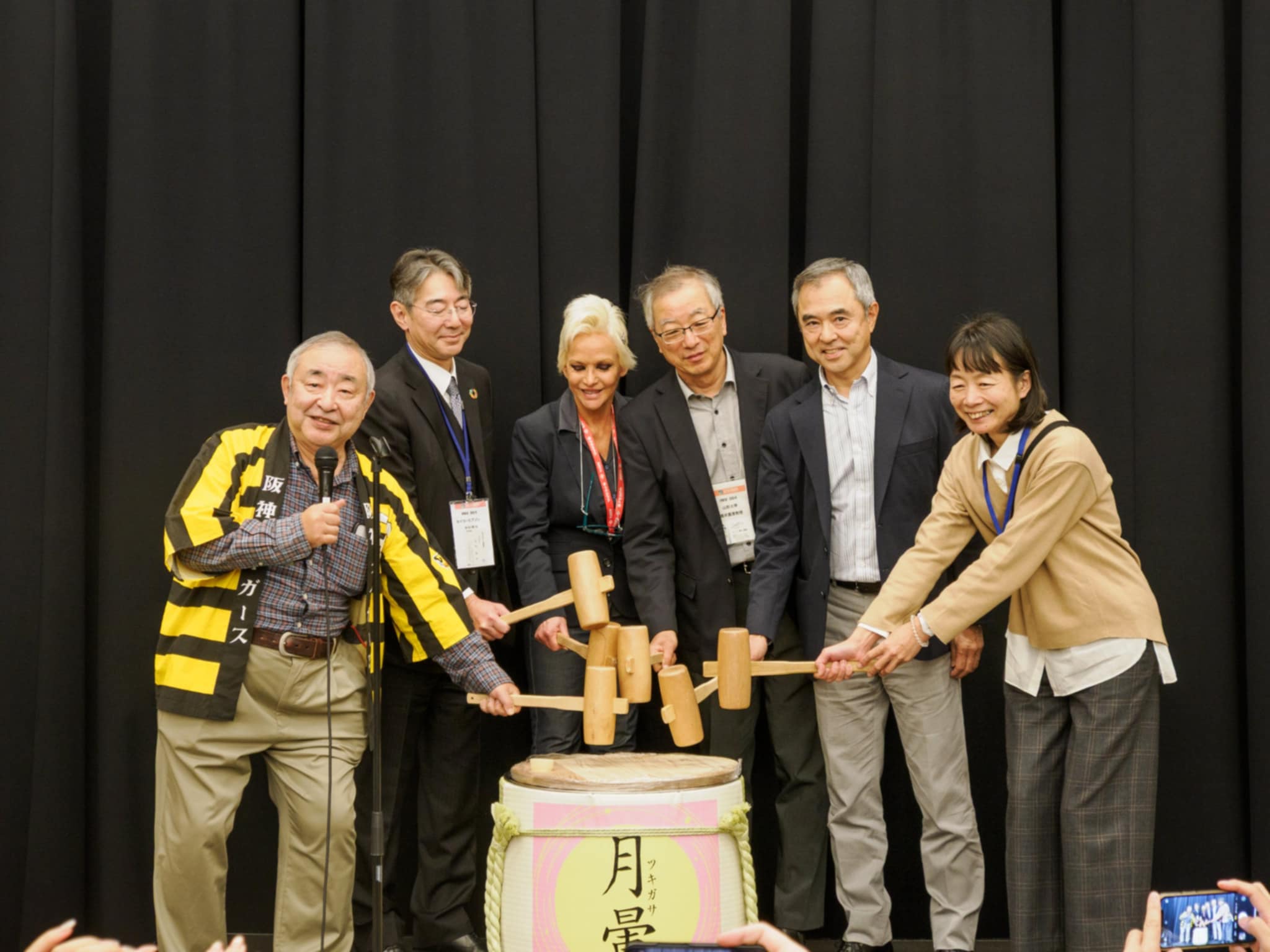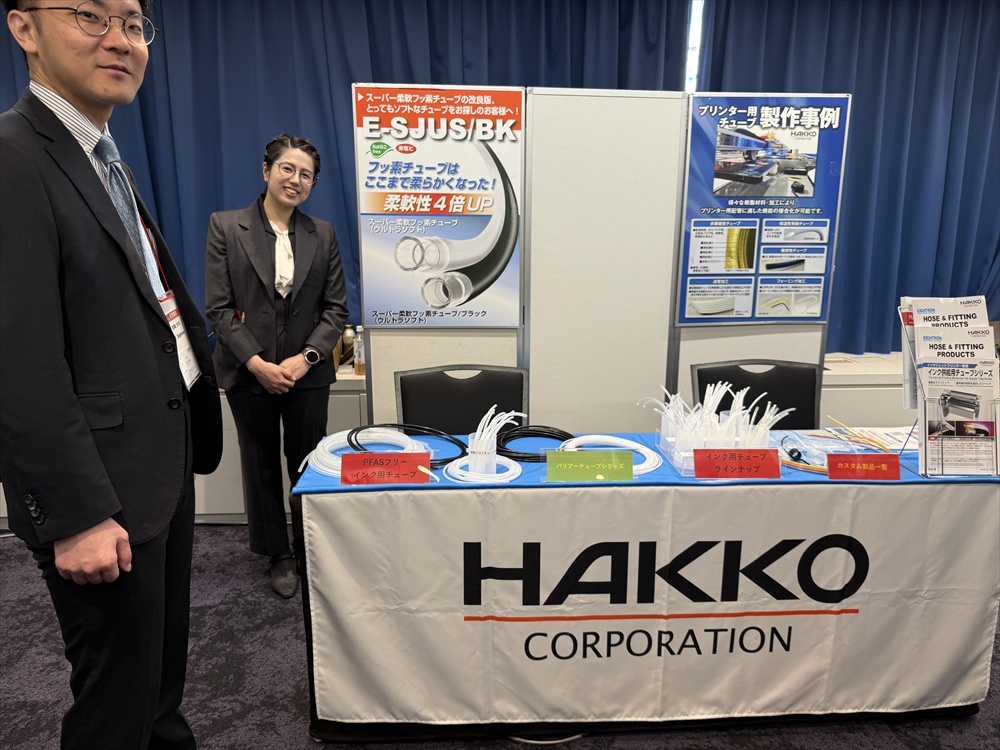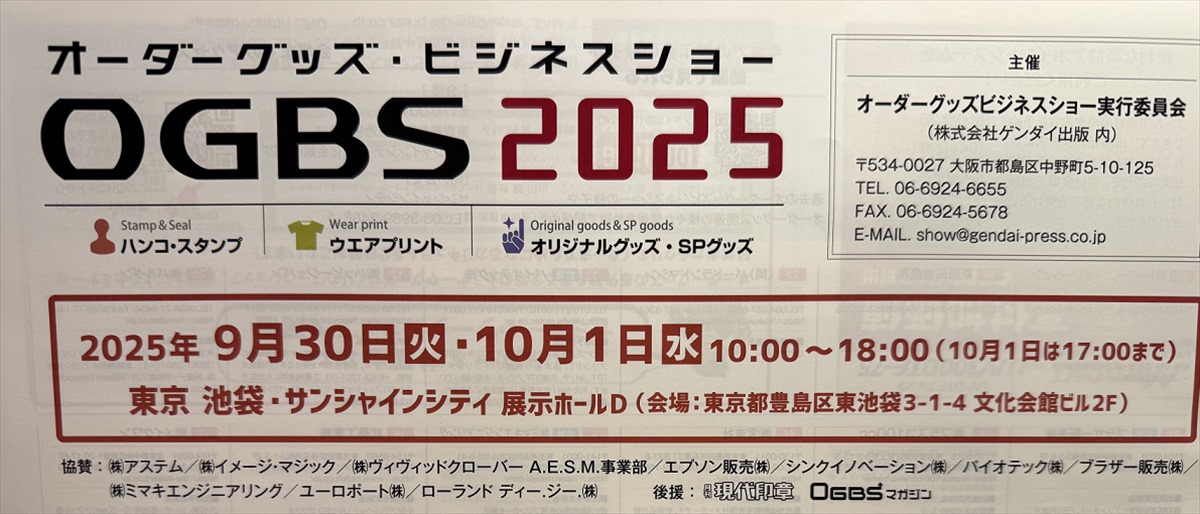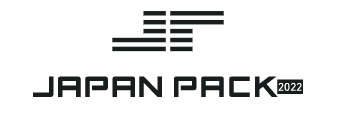- 2018-10-9
- イベント参加報告
Digital’s influence on the Japanese textile industry
By Mutlu Chaouch Orozco 03 October 2018
日本は、エプソン、ミマキ、ムトー、コニカミノルタ、京セラ、リコーなどのインクジェットヘッド OEMの努力により、インクジェット技術の開発をリードしています。最近、これらのエンジニアリング巨人は、繊維印刷市場におけるエキサイティングな機会に注目しています。
Japan strives to lead in the development of inkjet technologies thanks to the efforts of established OEMs Epson, Mimaki, Mutoh, Konica Minolta, Kyocera and Ricoh. Lately, these engineering giants have been turning their attention to the exciting opportunities in the textile printing market.
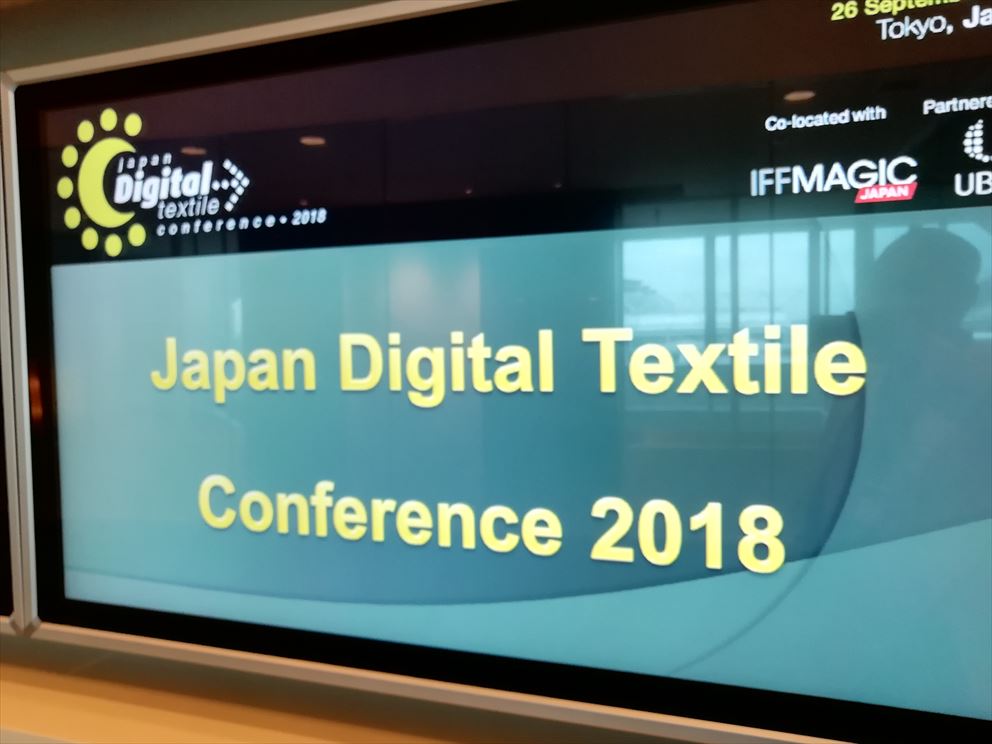
先日開催された第三回日本デジタルテキスタイルカンファレンスでは、テキスタイルバリューチェーンを再構成するより幅広いデジタル化プロセスにおいて、カスタマイズ、高速ターンアラウンド、メイク・ツー・オーダーに焦点を当てて、オンデマンド印刷の中心的役割を探究し始めます。注文。講演者達は、デジタル印刷の世界についての知識を参加された皆さんに提供しました。他業界としてのセラミック業界、機械および CADソフトウェアの進歩、その他の関連トピックを取り上げました。デジタル印刷市場では、インターネット、クラウド、スマートフォン時代の新しいアイデアを生み出す強固な創造的遺産を基盤として、日本の繊維企業がこの急速な潮流のチャンピオンとして登場することが期待されます。
In this third edition of the Japan Digital Textile Conference, we begin to explore the central role of on-demand printing in the broader process of digitalisation that is reshaping the textile value chain, with a focus on customisation, fast turnaround and make-to-order. Speakers provided delegates with insider knowledge into the world of digital printing – addressing the ceramic industry, machinery and CAD software advancements, among other pertinent topics. It was also encouraging for the digital printing market to see Japanese textile companies emerging as champions of this accelerating trend as they build on a strong creative heritage to bring forward new ideas for the age of the internet, the cloud and the smartphone.
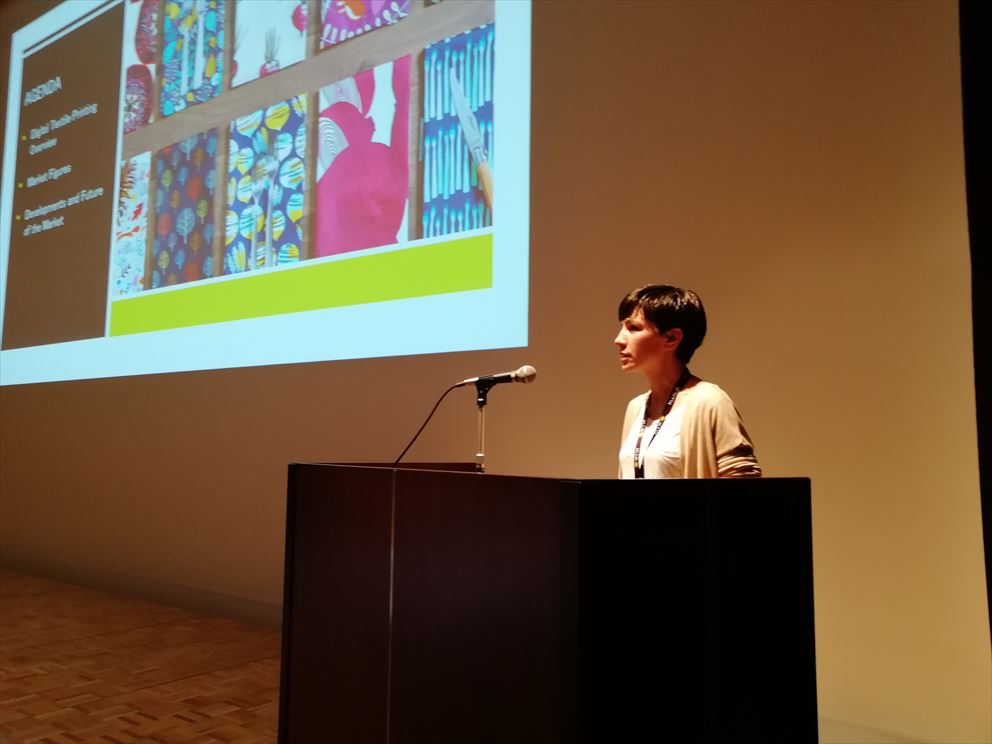
このテーマに関する WTiNの主席アナリストとして、私はデジタル印刷技術の商業的影響について議論することでコンファレンスをオープンしました。現在、デジタル印刷はそのメリットにもかかわらず、繊維印刷業界全体のわずか5.5%を占めるに過ぎません。それは非常に小さな市場のように見えますが、サプライチェーンのすべてのプレイヤーには明らかな機会があります。これは過去 20年間のデジタル的に焦点を当てた技術的なブレークスルーの中で明らかです。また、WTiNの機械および世界のインク市場に関する最新の調査結果を共有し、5つの主要国の動向を分析して、これらの市場の違いを明らかにしました。
As WTiN’s lead analyst on this topic, I opened the conference by discussing the commercial impacts of digital printing technology. Currently, despite its benefits, digital printing accounts for only 5.5% of the whole textile printing industry. Nevertheless, while it looks like a very small market there is an obvious opportunity for all players in the supply chain, which is evident in the array of digitally-focussed technological breakthroughs of the last 20 years. I also shared the key findings of WTiN’s latest research on machinery and the global ink market and analysed trends in five key countries to remark the differences of these markets.

コンファレンス・モデレーター、コニカミノルタIJの元社長で現在独立したコンサルタントを務める大野彰得氏は、セラミック産業とデジタル化の進展について述べました。大野氏によると、セラミックスのデジタル印刷は欧州全域で大きな市場であり、わずか5年で業界は飽和状態になっています。したがって、この分野の OEMは、デジタル繊維印刷業界の成長を加速させると予測される新しいビジネス機会のために繊維市場をターゲットにすることを検討しています。大野は、テキスタイルプリント業者は、セラミック産業と、それがどのようにデジタルプリントを実現してきたかから多くを学ぶことができると信じています。(テキスタイルはまだ 5.5%なのに、セラミックは既に飽和した。その違いはなんなのか?何故なのか?)
Conference moderator Akiyoshi Ohno, former head of digital textiles at Konica Minolta and now an independent consultant, pointed to the ceramic industry and its digitalisation journey. Digital printing on ceramics is a big market across Europe and in just five years the industry has become saturated, according to Ohno. Consequently, OEM’s in this sector are looking to target the textile market for new business opportunities, which is predicted to accelerate the growth of the digital textile printing industry. Ohno believes that textile printing manufacturers could learn a lot from the ceramic industry and the way it has implemented and utilised digital technology.
ここ 2年間で多くの発展がありましたが、それらは必ずしも単純ではないため、第2セッションはユーザーの視点に焦点を当てました。
There have been many developments throughout the last two years but exploiting them isn’t always straightforward, therefore the second session was focussed on the perspective of the user.

セッションは、デンマークに拠点を置く小さな会社、Bugi Studioのデザイナーでありオーナーでもある Helle Abild氏のプレゼンテーションから始まりました。彼女は自身のデジタルとの関わりの経緯 と、数十年にわたるキャリアの中で直面した障害について説明しました。 CADスペシャリストになってから、彼女は使いやすいテクノロジーを探しています。彼女の最も重要な問題はカラープロファイリングです。これはSanjiv Kamat博士のプレゼンテーションの焦点でした。
The session started with a presentation by Helle Abild, the designer and owner of Bugi Studio, a small Denmark-based company. Abild explained her digital journey and the obstacles she has faced during a career which spans decades. Having become a CAD specialist, she is looking for an easy-to-use technology and her most critical issue has been colour profiling – a topic which was the focus of Dr Sanjiv Kamat’s presentation.
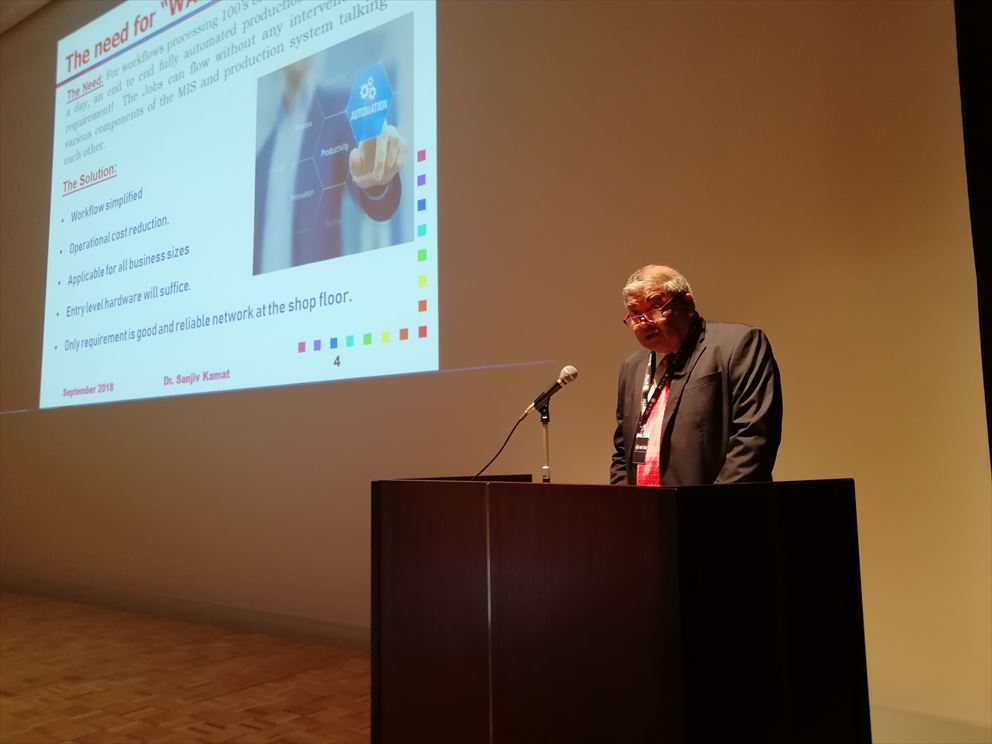
Kothari Info Techの副社長である Kamat氏は、3つの革新に注目しました。「蛍光色で色域を広げること」、「背景色を利用して収益性を改善すること」、「ワークフローの自動化により、生産性が向上し、必要なスキルセットが削減できること」です。
Kamat, vice president of Kothari Info Tech, drew the audience’s attention to three innovations: expanding colour gamut with fluorescent colours; improving profitability by making use of background colour; and workflow automation which enhances productivity and reduces the skill set required.
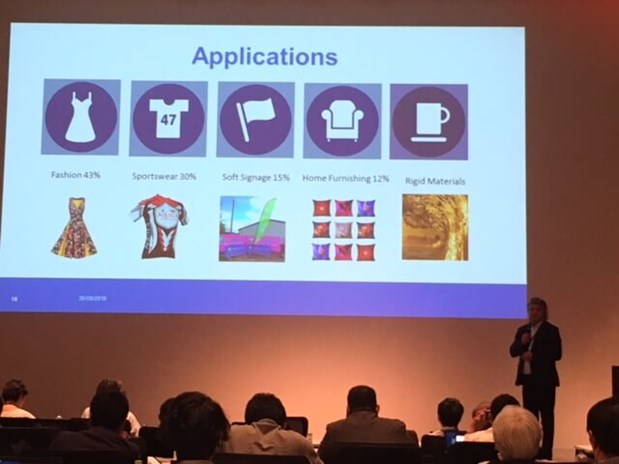
第2セッションの最後のプレゼンテーションは、昇華転写用紙の世界への洞察を提供した Neenah Coldenhoveの上級営業幹部、Gijsbert Harmsen氏からのものでした。 Harmsenは Neenah Coldenhoveのサステイナビリティへの献身を指摘し、環境に配慮した生産を達成するための同社の戦略について詳述しました。 Harmsenはまた、印刷ジョブのための最適な昇華転写用紙をどのように決めるかと、コート紙・非コート紙の違いについても説明しました。
The last presentation of the second session was from Neenah Coldenhove’s senior sales executive, Gijsbert Harmsen, who offered insight into the world of sublimation papers. Harmsen pointed to Neenah Coldenhove’s dedication to sustainability and elaborated on the company’s strategy to achieve environmentally-friendly production. Harmsen also explained how to determine the optimal dye-sub paper for a print job and differences between coated and uncoated papers.
■大野註:この記事の全文は WTINの有料購読企業様がお読みになることが出来ます。有料購読については大野宛お問い合わせください。






